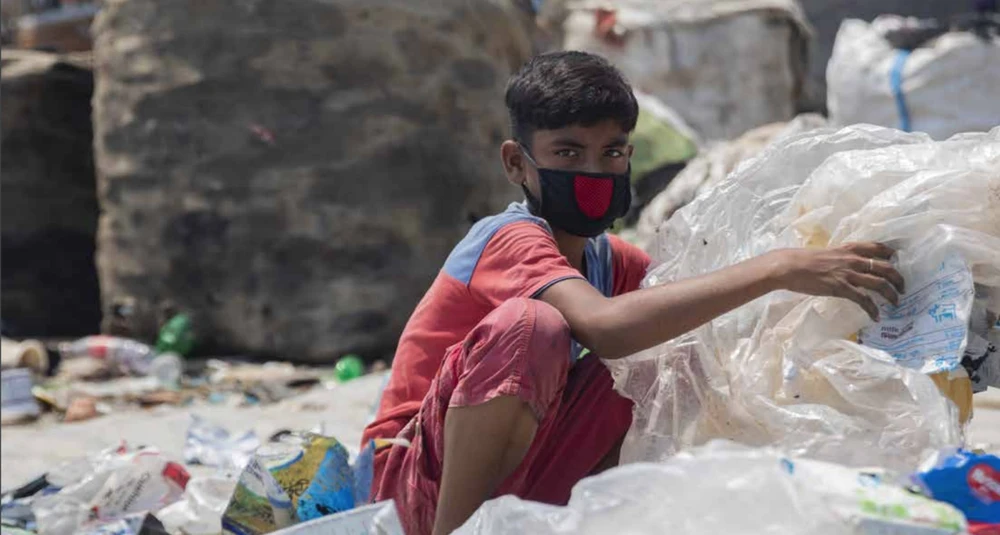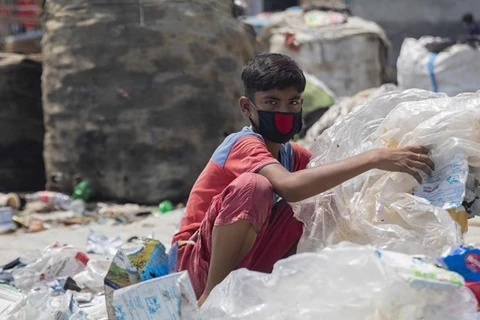
Hanoi (VNA) – The number of working children aged 5-17 was estimated at 1.09 million in 2023, down from 1.48 million in 2022, according to the latest data released by the Philippine Statistics Authority (PSA) on November 21.
Regarding the share of working children in the population of children aged 5-17, the PSA said it declined to 3.5% in 2023 from 4.7% in 2022. In 2021, the proportion was 4.3%.
Of the working children in 2023, boys comprised 59.1%, while girls comprised 40.9%. Similarly, more than half of the working children were boys in 2022 and 2021.
By broad industry group, the services sector emerged as the primary employment hub for working children, accounting for 50% of the total working children in 2023, the data showed.
Last year, some 678,000 children worked as child labourers, lower than the reported figures in 2022 at 828,000 and in 2021 at 935,000.
The Philippines' labour laws define child labour as any work that is hazardous or harmful to a child's health, safety, or development. This includes excessive working hours for children./.






















